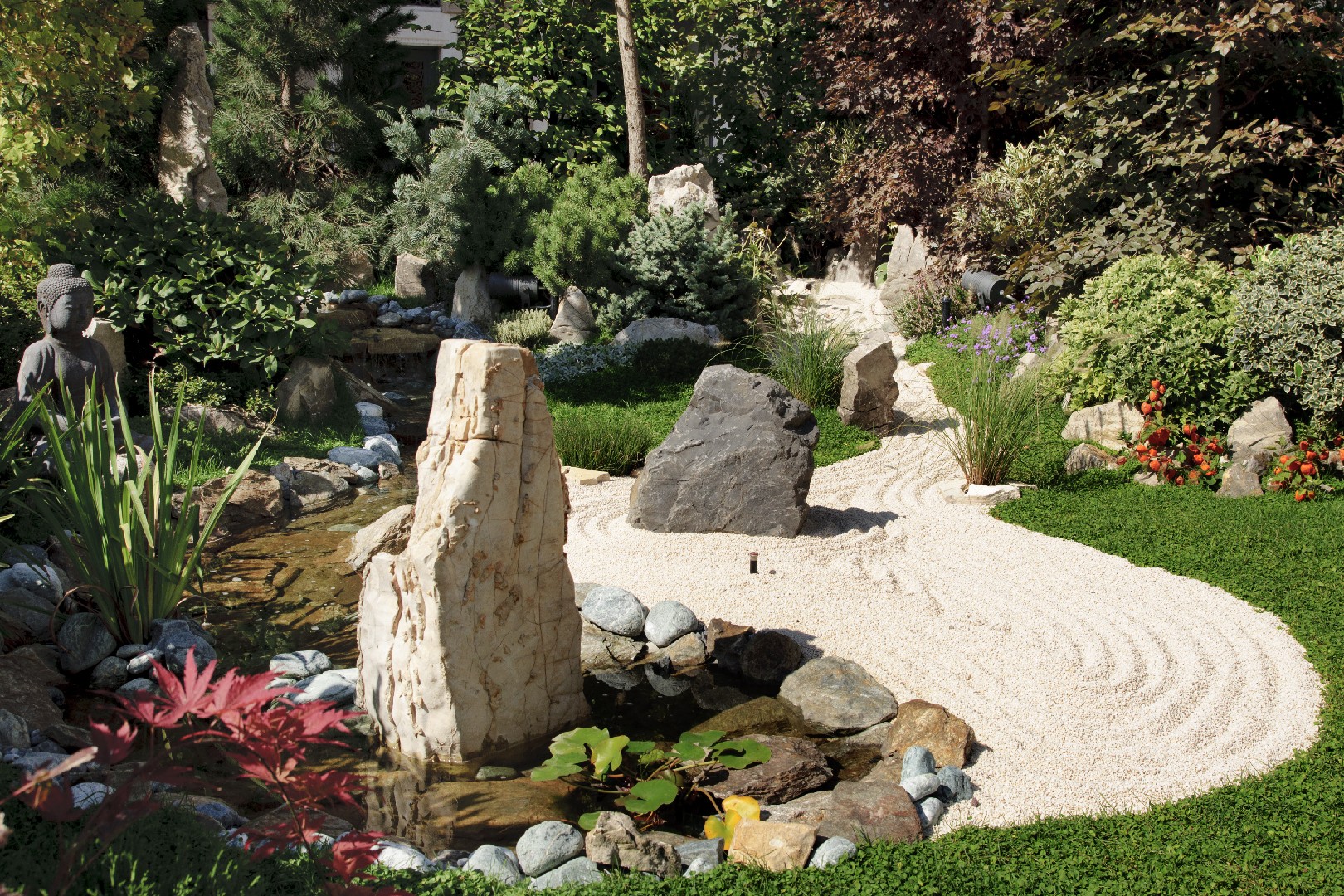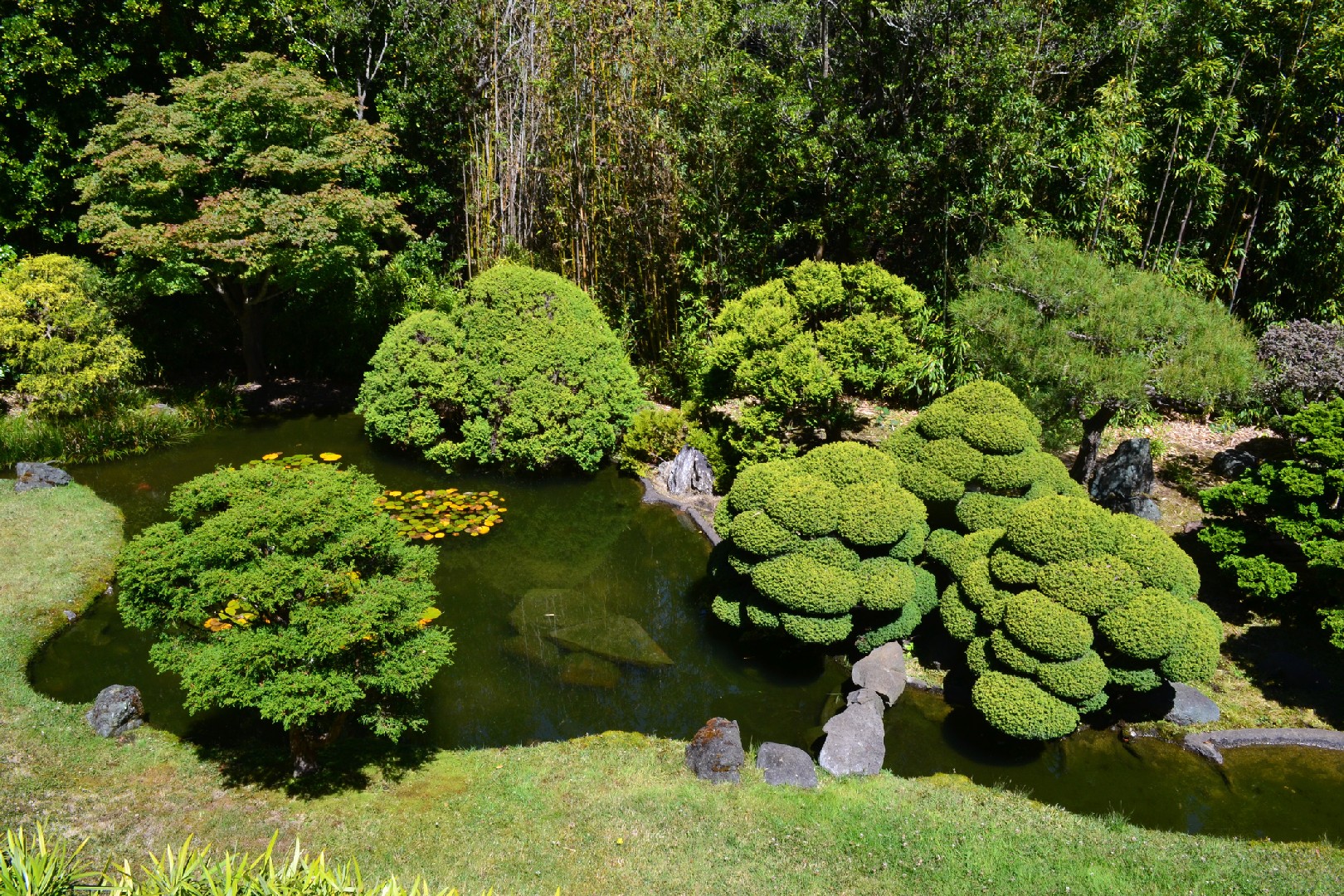![Rectangle]()
The Synergy Between Art and Landscape
Incorporating art into landscape design not only enhances the beauty of the garden but also creates a unique and inspiring space. The synergy between art and landscape is a powerful combination that can transform an ordinary garden into a work of art. By understanding the concept of infusing art into landscape design, one can create a garden that reflects their personal style and brings joy and inspiration to their everyday life.
One method of incorporating art into landscape design is by using sculptures. Sculptures can be strategically placed throughout the garden to create focal points and add a touch of elegance. Whether it's a large, abstract sculpture or a small figurine hidden amongst the plants, sculptures can add a sense of drama and visual interest to the landscape. They can also serve as conversation starters and create a sense of wonder and intrigue.
Another art form that can have a significant impact on the aesthetic of a garden is painting. Using paint to add color to fences, walls, or even pots can instantly transform a dull space into a vibrant and lively garden. Paintings can also be hung on walls or fences to create a gallery-like experience and inspire a sense of tranquility and contemplation.
One's personal style plays a crucial role in creating a unique landscape that reflects their personality and preferences. Whether it's a contemporary, minimalist design or a whimsical, fairy-tale-inspired garden, there are endless possibilities to explore. It's important to consider elements such as color, texture, and shape when designing a garden. These elements can be incorporated through the choice of plants, the arrangement of structures, and the use of art.
To create a garden that truly expresses creativity, it's essential to let your imagination run wild and experiment with different art forms. Attend art exhibitions, visit public gardens, and explore various art styles for inspiration. Take note of how different artists use color, shape, and texture to evoke emotions and create a specific atmosphere. By incorporating these techniques into your own garden design, you can create a space that is not only aesthetically pleasing but also deeply meaningful.
In conclusion, the synergy between art and landscape design has the power to transform a garden into a vibrant and inspiring space. By understanding the concept of infusing art into landscape design, exploring different art forms, and embracing personal style, one can create a unique and captivating garden. So unleash your creativity, explore the world of art, and let your garden become a masterpiece that brings joy, inspiration, and tranquility to your life.





